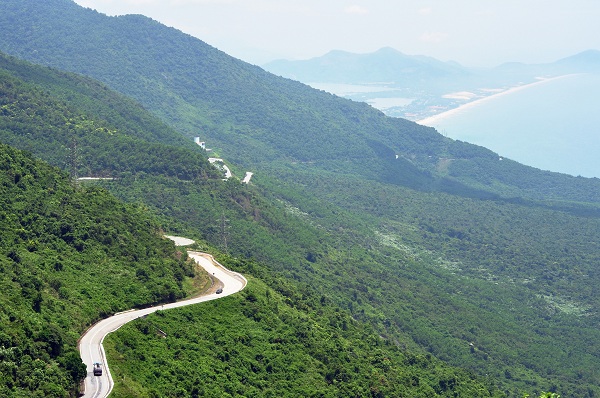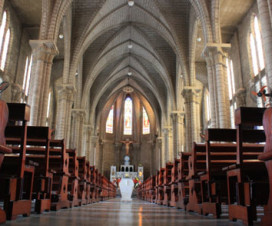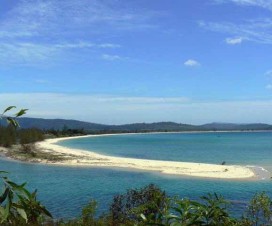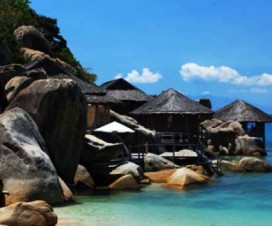The many wonders and spectacular views cradled by Vietnam’s soil is no longer a secret to anyone. So as well as its rich culture and very interesting past. If there is one part in the country that holds the most of its beauty and history, the Hai Van Pass in National Highway 1A very much deserves the title.
Located at the border of Thua Thien-Hue Province and Da Nang City, and known as part of the Truong Son Range, it is the highest pass in Vietnam at 500 meters above the sea level. The climb to this path is not just drenched with curves which give tourists a moment of excitement, amazement and a mix of fear and delight, but also unfolds the entire beauty form below which you could never set eyes on any other part of the country, perhaps in the world. In fact, the drive from Danang to Hue is believed to be the most scenic in all of Vietnam.
But Hai Van Pass is not just associated with beautiful landscapes. With it comes a long history, which now, is feared to be among the many historical places in Vietnam that is slowly fading behind as the country moves toward modernization. In 2005, the Hai Van Tunnel was built to give people a shorter journey from Da Nang to Hue. But why many would still choose to travel along the picturesque mountain road steep tells how the beauty of Hai Van Pass couldn’t be that easily ignored, worst, forgotten.
Hai Van means “Sea Clouds”, since the peak of the mountain where its many bending roads nestle almost touches the clouds. The history of Hai Van Pass goes all the way back to 1306 where it used to belong to the Champa Kingdom. King Che Man of Champa gave the Ulik area (the current provinces of Quang Tri and Thua Thien-Hue), including the pass, as a betrothal gift to Vietnam’s then king Tran Nhan Tong in exchange for the hand of the beautiful Princess Huyen Tran.
During the Nguyen Dynasty (1802-1945), the pass was an important military site and served as a protection for the Hue Royal Citadel. People then had to submit the necessary papers to be allowed through the guarded gate. Under the rule of the second emperor of Nguyen Dynasty King Minh Mang in 1826, French troops built a blockhouse, named Don Nhat, to protect the Hai Van Pass. This gate could not be seen as you journey on top of the pass, now taking the form of a brick gate covered with moss. It stands 10 meters high with walls as thick as five meters. It faces Thua Thien-Hue Province, and is inscribed with three words “Hai Van Gate” in Han script. On the other side, the gate is engraved with: “The most grandiose gateway in the world”, written in Han script. These words were said by King Le Thanh Ton (1442-1497) when he visited the site.
Anyone passing through Hai Van Pass could not ignore the many perilous obstacles and is the last spur of the Truong Son Range reaching to the sea. But the grandiose panorama that unfolds before them makes all the dangerous bends and curves so well worth the ride. Coming in close view with the historical sites along the pass will truly evoke old memories and feelings from the past. Hai Van Pass will satisfy anyone’s desire to conquer high peaks and be reminded of the glorious past of the beautiful Vietnam.





